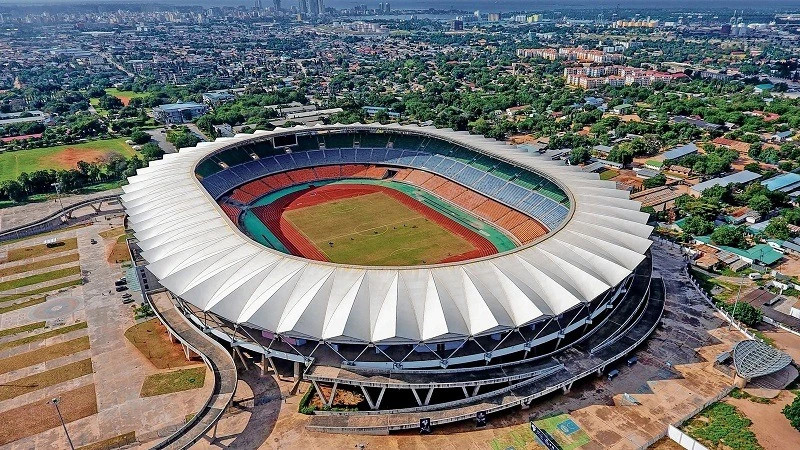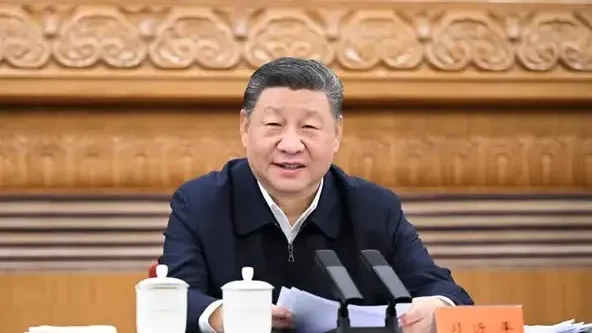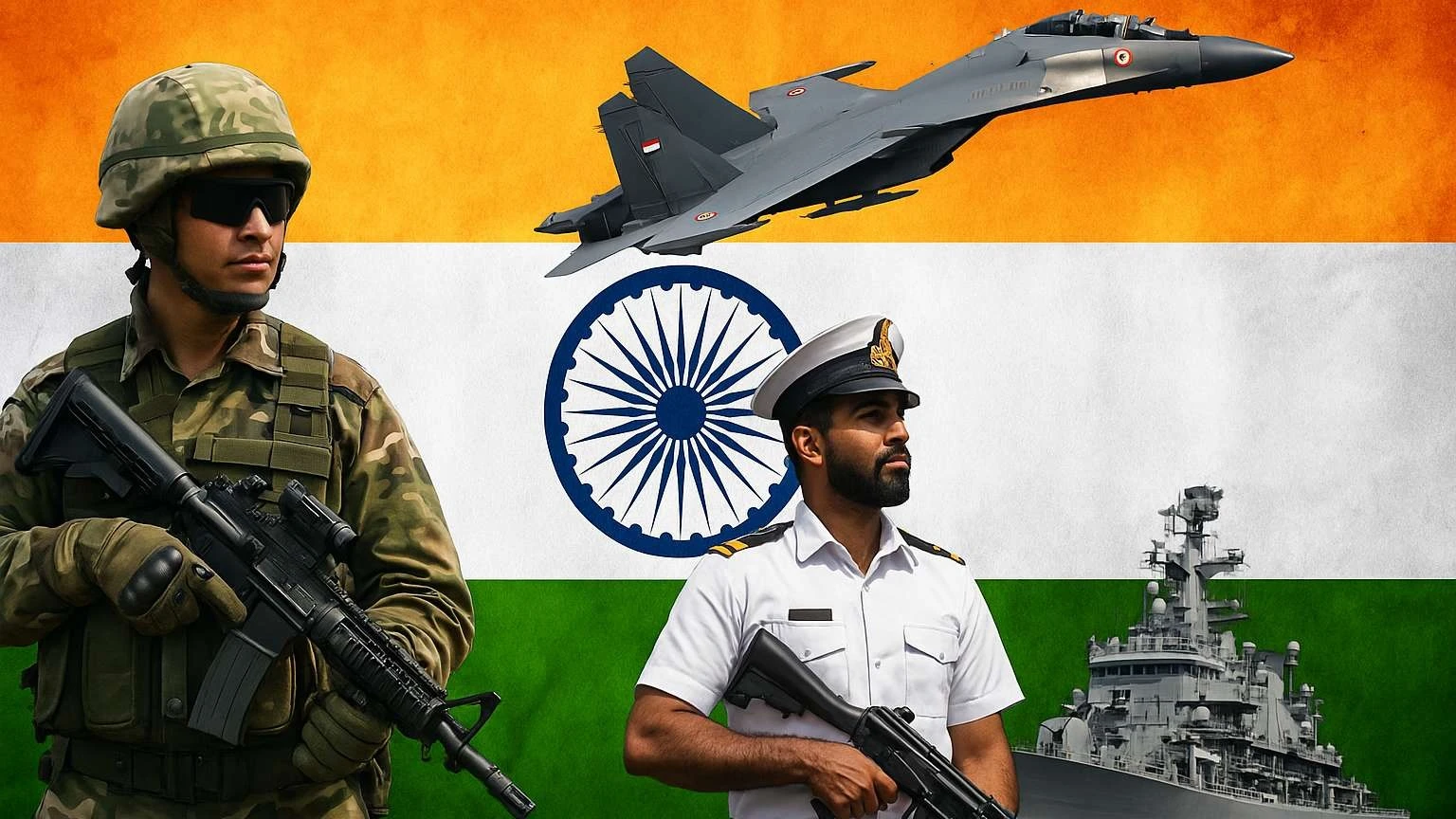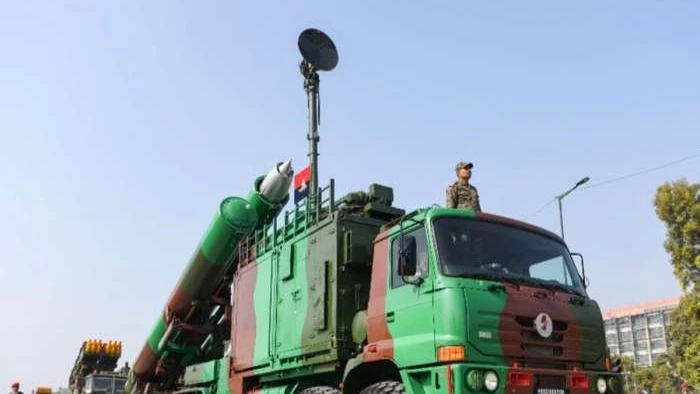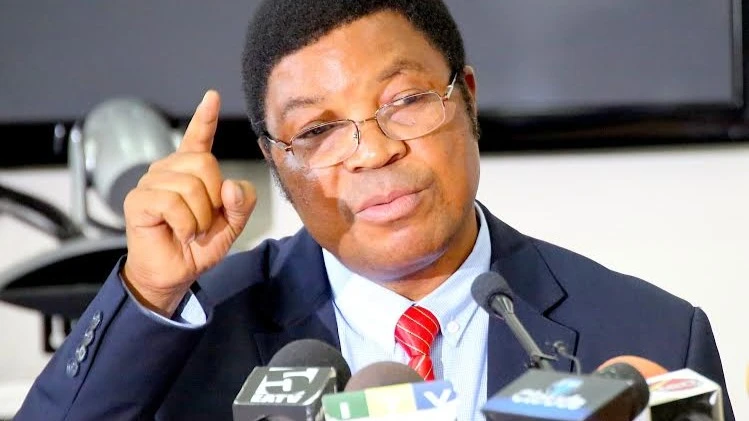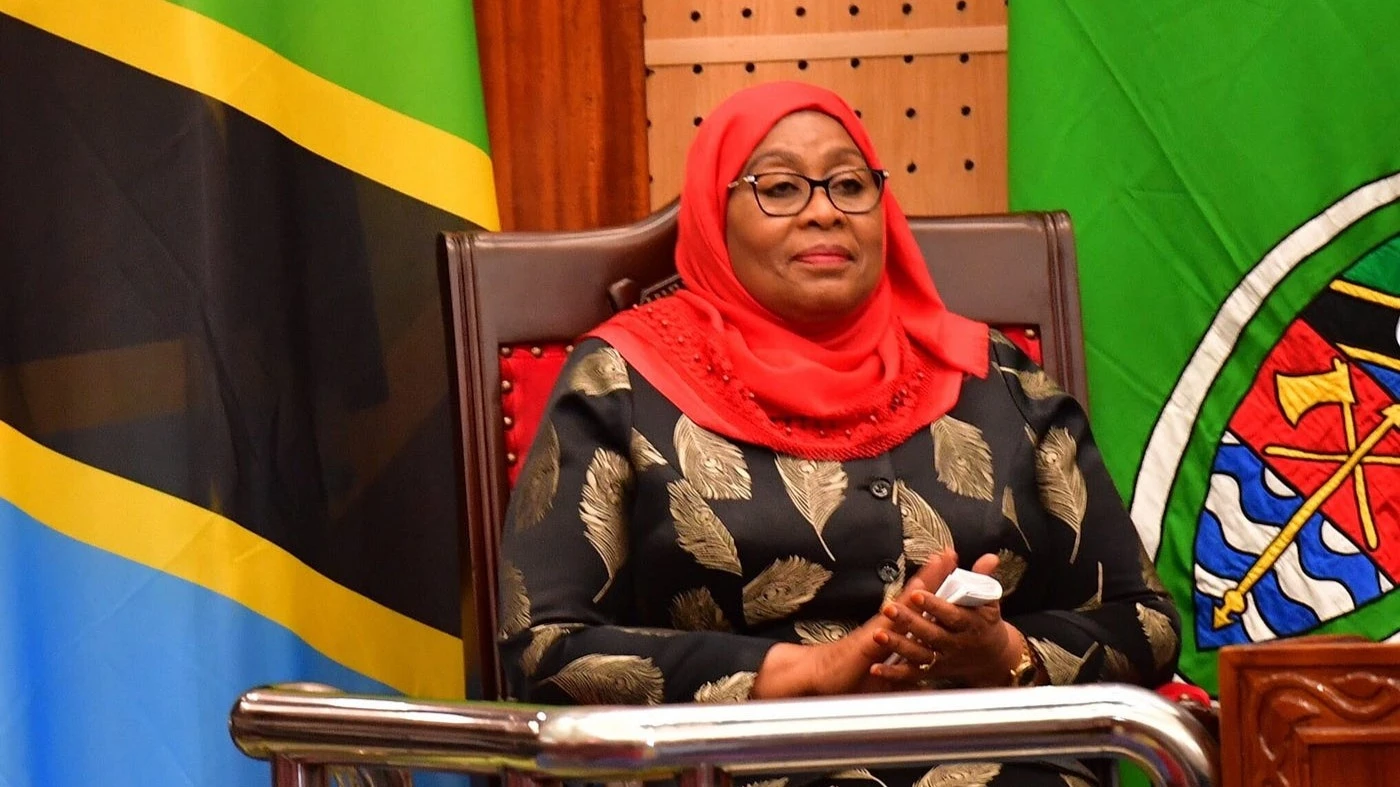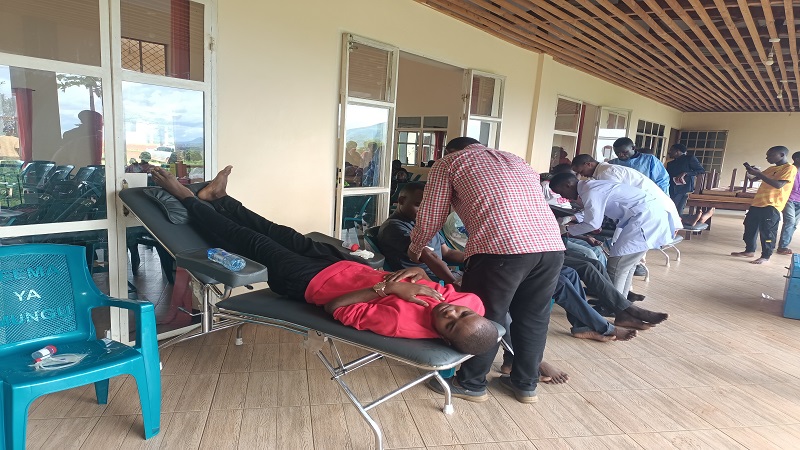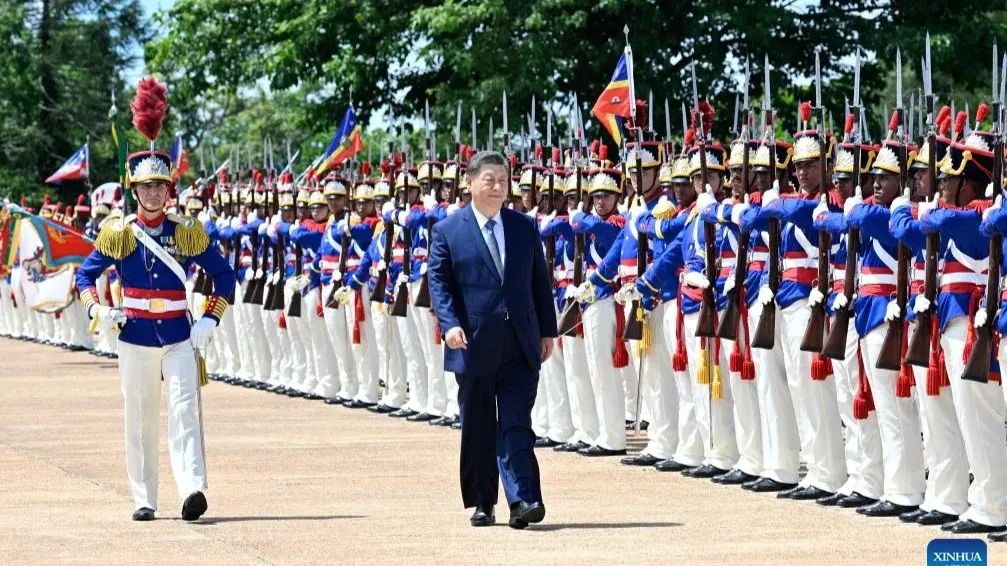India's Rising Military Diplomacy: Expanding Strategic Footprint Through Joint Exercises - Geopolitico
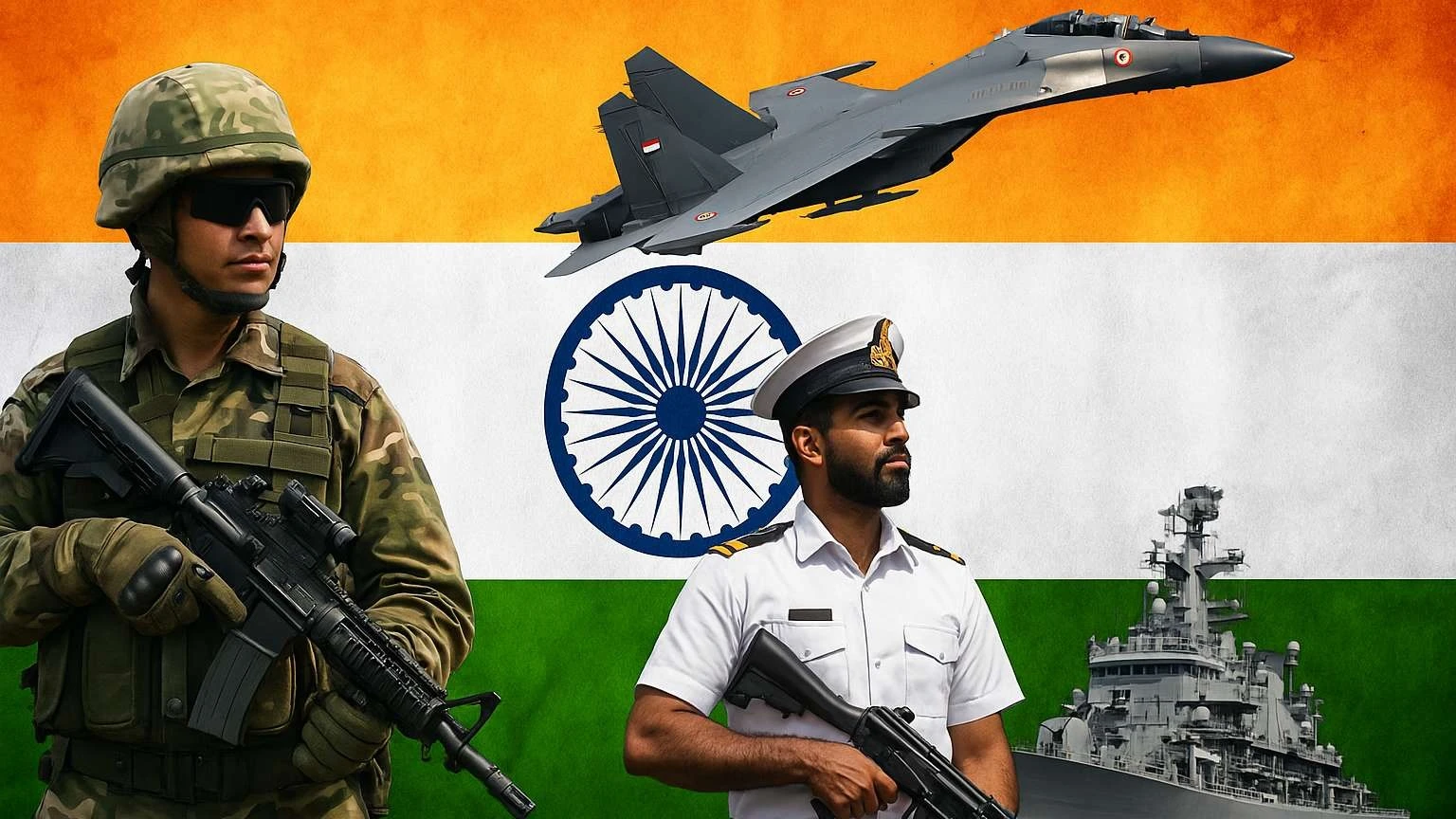
India has emerged as a significant security actor in the Indo-Pacific region, using military diplomacy as a strategic tool to build partnerships and project power. The flurry of recent joint military exercises across all three services—Army, Navy, and Air Force—demonstrates India’s expanding security role and its commitment to maintaining regional stability in an increasingly complex geopolitical environment.
India’s military exercise calendar has been remarkably busy in recent times. The Indian Army’s bilateral exercise “Yudh Abhyas” with the United States at Mahajan field firing ranges in Rajasthan featured one of the largest U.S. contingents ever, with approximately 600 personnel and sophisticated equipment including Stryker infantry vehicles and HIMARS rocket systems. These exercises provide vital opportunities for both forces to evaluate military hardware and build interoperability, particularly important as India considers procuring Stryker vehicles.
Simultaneously, the Indian Air Force conducted “Tarang Shakti,” its largest multilateral air exercise, at Jodhpur with participation from Australia, Greece, Japan, Singapore, Sri Lanka, UAE, and the United States. The exercise marked a significant milestone with the first deployment of American A-10 Thunderbolt close air support aircraft in Indian airspace, alongside F-16 jets. Phase I of the exercise, held earlier at Sulur, included participation from Germany, France, Spain, and the United Kingdom.
The Indian Navy hasn’t been far behind, engaging in multiple exercises including “Malabar” with Quad partners (Australia, Japan, and the United States), “Varuna” with France in the Mediterranean Sea, “RIMPAC” hosted by the U.S. Navy, and various other bilateral and multilateral naval drills. Notably, the Indian Navy deployed a P-8I long-range maritime patrol aircraft to Europe for exercise Varuna, marking its first such deployment in the region in over six decades.
Looking into the recent exercises include “Dharma Guardian” with Japan that happened in February-March 2025 at the East Fuji Manoeuvre Training area, and “Dustlik” with Uzbekistan in April 2025 at Pune’s Foreign Training Node. These exercises focused on counter-terrorism operations, joint planning, and tactical drills to enhance combined capabilities. In addition, the Indian Army in collaboration with the Maldivian Defence Forces conducted the 13th edition of ‘Ekuverin’ in February of this year.
The strategic significance of these military exercises extends far beyond tactical training. They serve as powerful diplomatic tools that reflect India’s evolving foreign policy priorities and security partnerships. The most sophisticated exercises are conducted with Quad partners—the United States, Japan, and Australia—alongside traditional partners like France, Russia, and the United Kingdom. This pattern reveals India’s reorientation toward a broader security framework in the Indo-Pacific while maintaining its historical relationships.
India’s military exercises can be categorized into several strategic groupings. First, exercises with Quad partners have evolved to include all three services and feature increased sophistication, including deployment of combat capabilities across diverse geographical locations from the Himalayas to Alaska, Guam, and Japan. The Malabar naval exercise between the four countries represents joint efforts in war planning, combined operations, maritime reconnaissance, and anti-submarine warfare.
Second, India maintains important military engagements with traditional partners like Russia, the UK, and France. Russia and the UK are the only two countries—besides the United States—with whom India conducts tri-service exercises. France and India hold joint exercises that sometimes include additional countries like the UAE, Australia, Japan, and the United States.
Third, India places significant emphasis on exercises with immediate neighbors in South Asia, regularly training with Bangladesh, the Maldives, Myanmar, Nepal, and Sri Lanka. These exercises range from coordinated naval patrols along shared maritime boundaries to humanitarian assistance and disaster relief drills, strengthening regional security cooperation.
Finally, India is increasingly convening multinational exercises that extend beyond its immediate neighborhood to include countries from Southeast Asia, East Africa, Central Asia, and the Middle East. The MILAN naval exercise, which began with just four participating nations in 1995, now brings together 50 countries from as far away as Canada, Peru, and South Korea.
This extensive network of military exercises serves multiple strategic objectives. First, it enhances interoperability between Indian forces and partner militaries, essential for potential joint operations in crisis situations. Second, these exercises build diplomatic goodwill and strengthen defense relationships. Third, they facilitate the sharing of best practices and tactical know-how among participating forces. Fourth, they send a strong signal about India’s security commitments and partnerships in the Indo-Pacific region.
India’s military diplomacy through joint exercises also reflects its aspiration to be recognized as a net security provider in the region. By engaging with diverse partners across domains, India is positioning itself as a responsible power capable of contributing to regional stability and security. The geographic spread of these exercises—from the Himalayas to the Mediterranean, from the South China Sea to the Pacific—demonstrates India’s expanding strategic footprint and its willingness to engage beyond its traditional spheres of influence.
The increased complexity and frequency of these exercises indicate that India has moved beyond sporadic military engagements to a more structured approach to defense diplomacy. This transition from infrequent, limited-scope exercises in the past to today’s sophisticated multi-domain operations reveals India’s growing confidence in projecting power and building strategic partnerships.
As geopolitical tensions rise in the Indo-Pacific, particularly with China’s assertive posture, India’s military exercises serve as an important counterbalance. They demonstrate India’s commitment to a free, open, and inclusive Indo-Pacific while strengthening its position as a major regional power capable of working alongside diverse partners to address common security challenges.
India’s military diplomacy through joint exercises is likely to continue expanding in scope and sophistication. As these engagements evolve, they will play an increasingly important role in shaping the security architecture of the Indo-Pacific region, with India positioned as a pivotal player in maintaining regional stability and security. Through this extensive network of military exercises, India is not just enhancing its own defense capabilities but also contributing significantly to the broader security framework of the Indo-Pacific region.
Top Headlines
© 2025 IPPMEDIA.COM. ALL RIGHTS RESERVED







